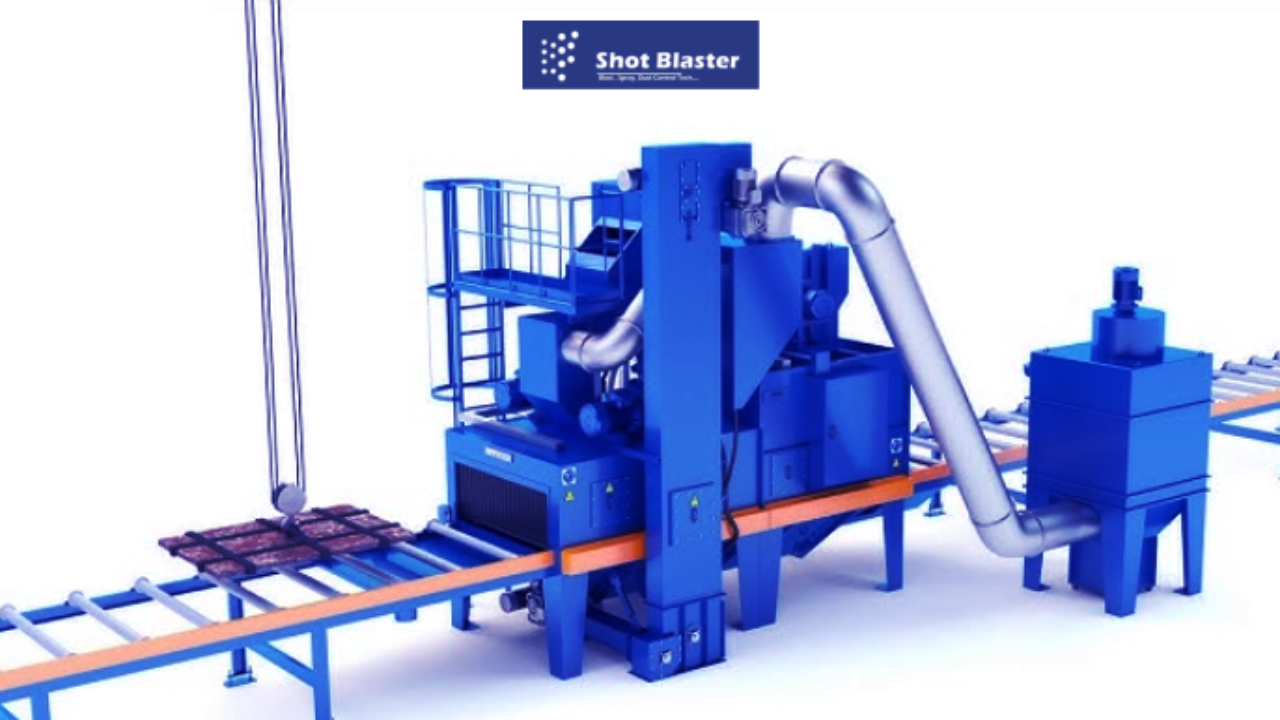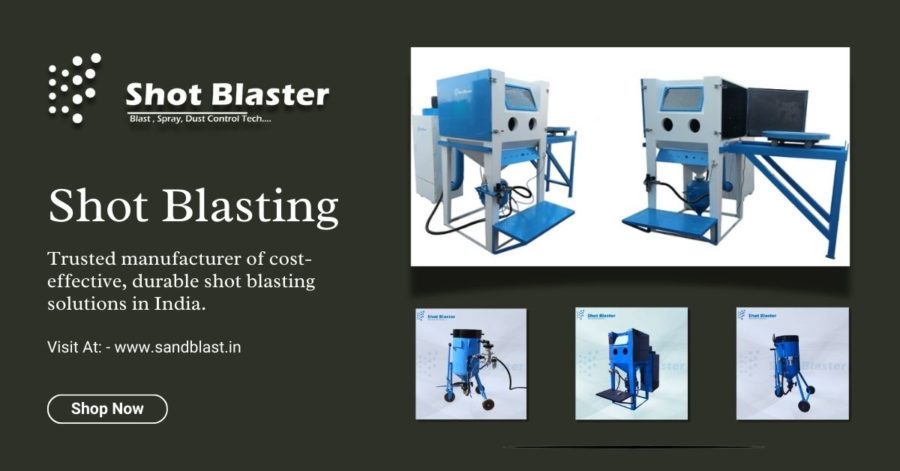Investing in a shot blasting machine with on-site installation is a strategic move for industries aiming for seamless surface preparation, reduced setup time, and increased productivity. At Shot Blaster, we specialize in delivering cutting-edge shot blasting equipments tailored for robust industrial operations—backed by expert installation at your location. This guide will help you understand everything needed to begin your journey with confidence and clarity.
Why Choose Shot Blasting Machines with On-Site Installation?
On-site installation offers more than convenience—it ensures operational accuracy, real-time performance testing, and hands-on training for your team. Choosing our shot blasting machines equipped with on-location setup ensures that your production line experiences minimal downtime and is calibrated for maximum efficiency from the outset.
Key Benefits of On-Site Installation Services
1. Seamless Integration into Existing Workflow
We assess your facility layout, production demands, and safety regulations before installation. This guarantees customized placement, helping to avoid disruptions and optimizing shop floor logistics.
2. Real-Time Calibration and Testing
Once the equipment is installed, our specialists perform live calibration and testing. This involves blasting speed adjustments, abrasive flow tuning, and dust collector synchronization—ensuring optimal output right from day one.
3. Operator Training and Safety Briefing
Our on-site experts provide comprehensive operator training, including machine operation, maintenance cycles, nozzle control, and emergency procedures. Every member of your team gains hands-on experience with the equipment in a real-world environment.
Types of Shot Blasting Machines We Offer with On-Site Installation
Wheel Blast Machines
Ideal for treating heavy metal components, our wheel blasting systems deliver fast and even surface finishing. We ensure these are installed with correct alignment of the blast wheels, media recycling system, and shot containment structure.
Air Blast Machines with Nozzle Assembly
For precision blasting and intricate surfaces, our air-operated shot blasters are engineered for maximum control. During on-site installation, the nozzle angles, air pressure, and media recovery are thoroughly tested and optimized.
Portable Shot Blasting Machines
Perfect for site-based projects like bridges, tanks, or shipyards, our mobile machines come with flexible installation options. We ensure portability without compromising on blasting power or dust extraction.
For more information visit URL – https://www.sandblast.in/product/Portable-shot-blasting-machines
Pre-Installation Requirements: What You Need to Prepare
Before our team arrives for installation, ensure that the following is in place:
- Power supply access as per the machine’s rating
- Compressed air systems (for air blasting units)
- Foundation and floor load capacity
- Ventilation and dust extraction planning
- Unloading arrangements for heavy machinery
Our technical team provides a pre-installation checklist, ensuring you are well-prepared for a smooth installation process.
Step-by-Step On-Site Installation Process
Step 1: Site Inspection and Layout Assessment
We begin with an in-depth inspection of your facility. Using CAD-based layout designs, our engineers plan the optimal positioning and setup path for the machine.
Step 2: Unloading and Positioning of Equipment
Using hydraulic lifters or cranes (if necessary), our technicians safely position the equipment as per the approved layout. This includes setting up the blast cabinet, media recovery system, dust collector, and control panel.
Step 3: Mechanical and Electrical Assembly
We connect all mechanical and electrical components. This includes:
- Media hoppers and elevators
- Blast wheels or nozzle holders
- PLC-based control units
- Safety interlocks and emergency systems
Step 4: Media Loading and System Testing
After assembly, we load the machine with the appropriate abrasive media and run system tests to ensure:
- Uniform blasting coverage
- Efficient media recycling
- No air or media leakage
- Compliance with noise and dust standards
Step 5: Operator Orientation and Documentation
We conclude with a training module covering:
- Machine startup and shutdown procedure
- Maintenance schedules
- Troubleshooting guide
- Do’s and don’ts for daily operations
Complete documentation, including warranty certificates, user manuals, and service contact details, is provided at handover.
Industries Benefiting from On-Site Installed Shot Blasting Systems
Our on-site services are popular across a wide range of sectors:
- Automotive: for chassis cleaning, gear deburring, and wheel preparation.
- Steel Fabrication: to remove mill scale, rust, and prepare metal for coating.
- Foundries: for desanding and descaling of castings.
- Shipbuilding: for rust removal and surface profiling before painting.
- Aerospace: for precision cleaning of components and mold tools.
Post-Installation Support: Keeping You Running Smoothly
We don’t stop at installation. Our Annual Maintenance Contracts (AMC) and priority service response ensure that your shot blasting machine continues to operate at peak performance. Regular inspections, software updates (where applicable), and timely replacement of worn parts are part of our commitment to lifetime reliability.
Why Partner with Shot Blaster for On-Site Installation?
At Shot Blaster, we don’t just sell machines—we build lasting partnerships. Our in-house team of engineers, after-sales support executives, and machine specialists ensure that:
- You get tailored solutions specific to your industry
- Installation is completed within the agreed timeline
- Safety and ISO compliance standards are strictly followed
- You benefit from responsive after-sales service
With over a decade of experience and hundreds of installations completed across India, we stand as your trusted partner for blasting excellence.
Get Started Today – Contact Shot Blaster
Ready to upgrade your surface treatment operations with on-site installation of shot blasting machines? Our technical sales team is just a call away. We’re here to guide you through equipment selection, facility preparation, and successful installation.
📞 Call Now: +91-8094701127
🌐 Visit: www.sandblast.in
📩 Email: inquiryi46@gmail.com
Let Shot Blaster be the driving force behind your next step in surface perfection.
{stop article}









